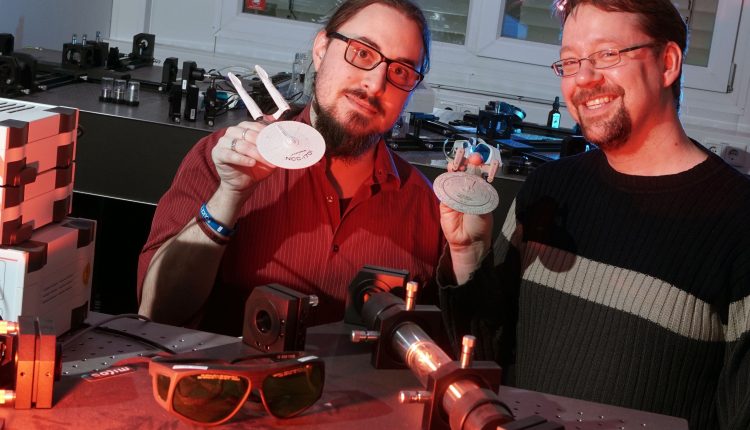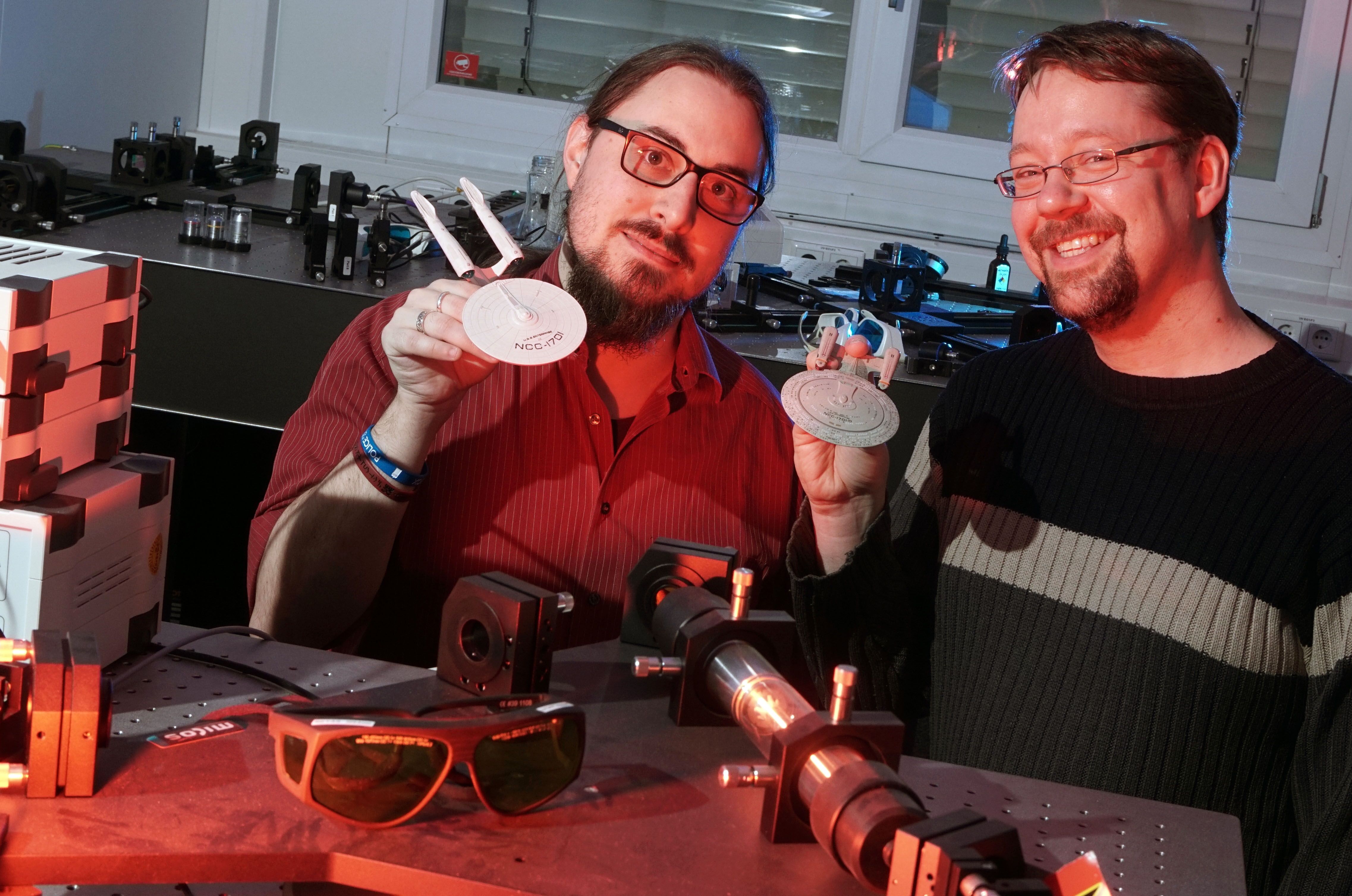
Teleportation as Captain Kirk from Star Trek knew it is no longer a fantasy. If you recall, when Kirk wanted to go back to the control center, he would shout the command and instantly travel through the infinity of outer space without any loss of time.
This concept is no longer a fantasy. Physicists from Friedrich Schiller University of Jena in Germany have successfully demonstrated that the concept of teleportation does not only exist in the world of quantum particles, but also in our tangible world.

“Many of the ideas from Star Trek that back then appeared to be revolutionary have become reality,” said Dr. Alexander Szameit, a professor at the University of Jena. “Doors that open automatically, video telephony, and flip phones — all things we have first seen on the starship USS Enterprise.”
According to Szameit, electrons and light particles already exist in a spatially de-localized state, which makes it possible for them to be in different places at the same time.
“Within such a system spread across multiple locations, it is possible to transmit information from one location to another without any loss of time,” said Szameit.
This process, which has been around for years, is referred to as quantum teleportation. However, Szameit and the team of scientists has now demonstrated for the first time that teleportation goes beyond quantum particles by using a special type of laser beam.
“As can be done with the physical states of elementary particles, the properties of light beams can also be entangled,” said Dr. Marco Ornigotti, a member of the team. “You link the information you would like to transmit to a particular property of the light.”
The physicists encoded some information in a particular polarization direction of the laser light and then transmitted this information in the shape of the laser beam using teleportation. For now, this form of classic teleportation only works locally, but the teleporation characteristics are visible, instantly transmitting information, without losing any time.
The scientists believe that this form of information transmission could play a major role in telecommunication applications.

Comments are closed, but trackbacks and pingbacks are open.